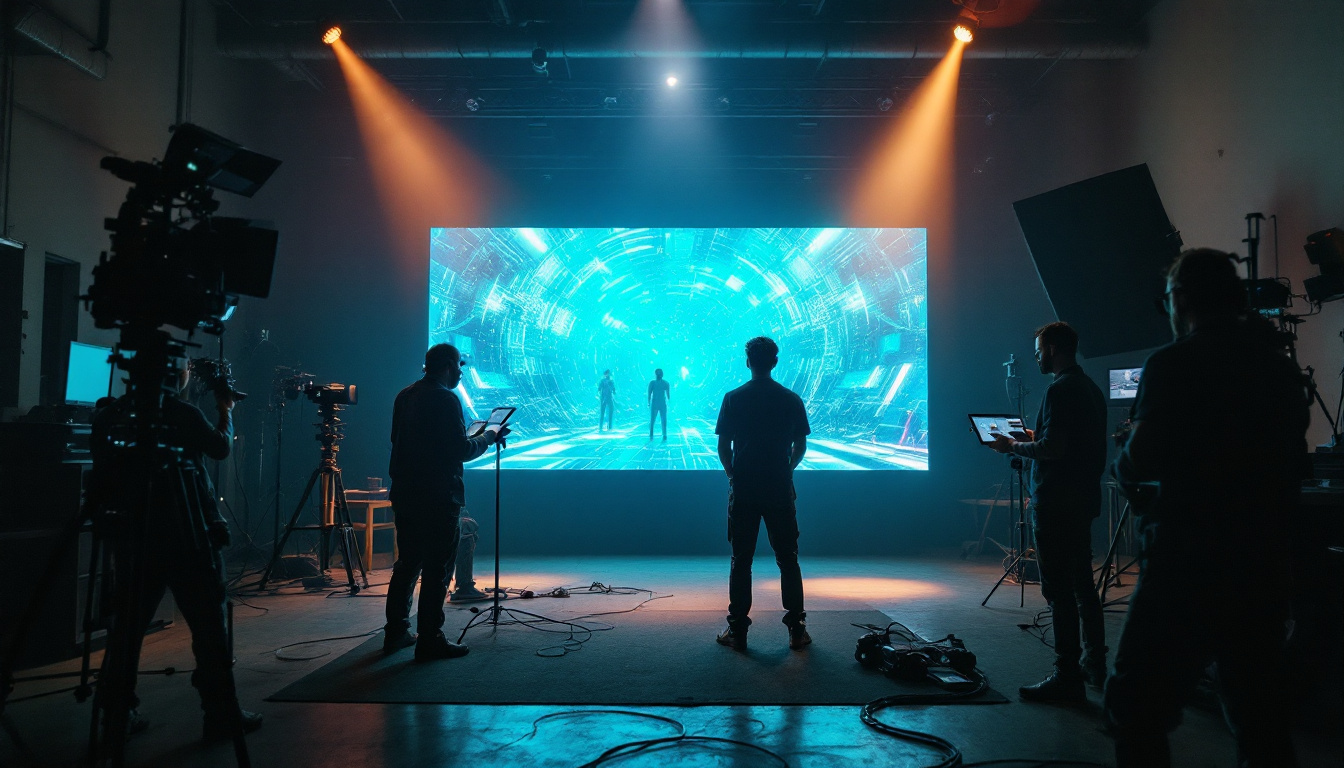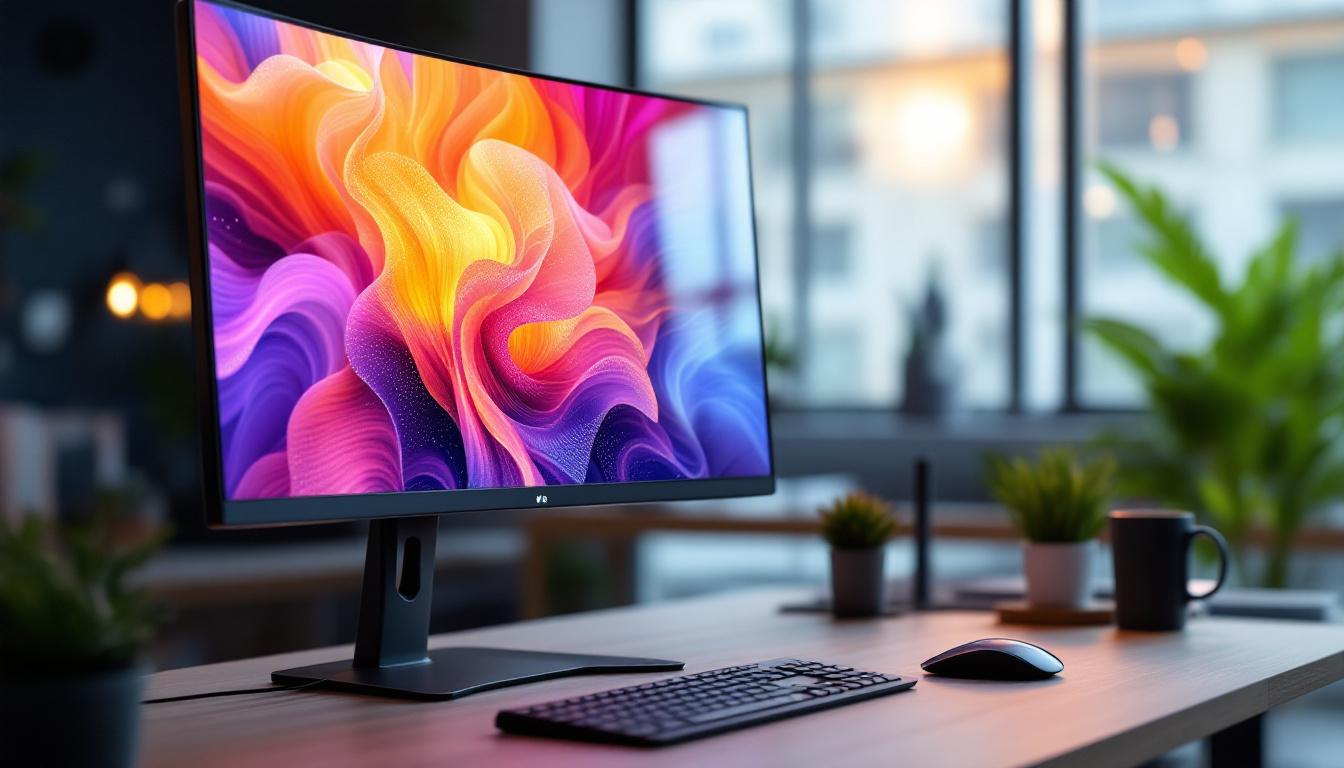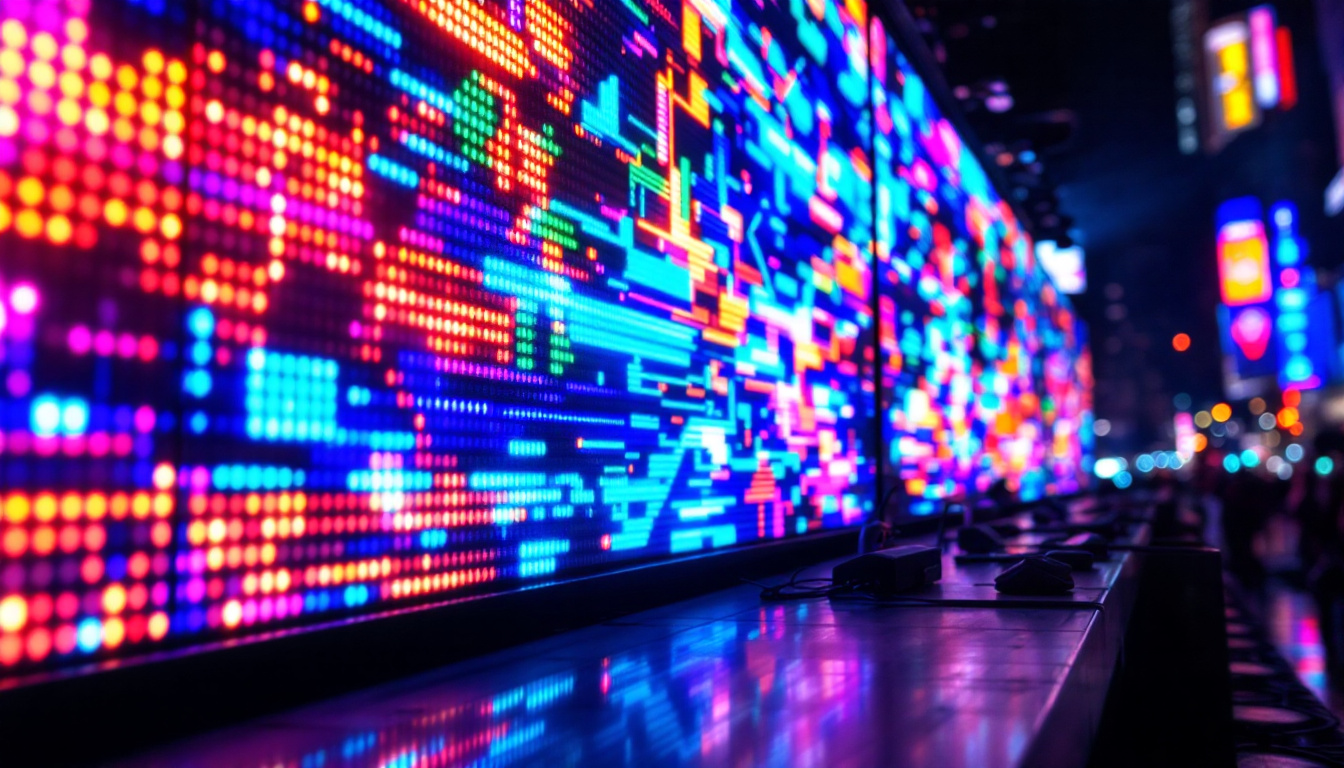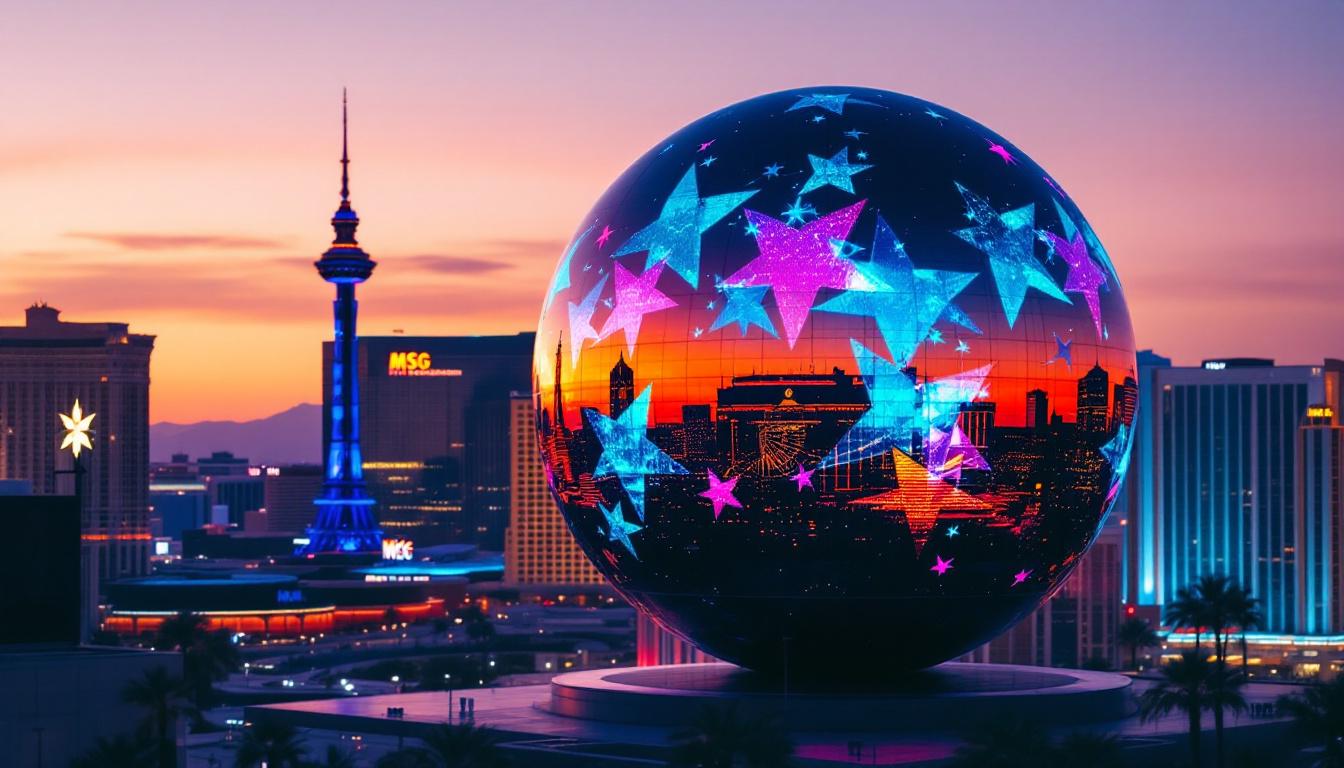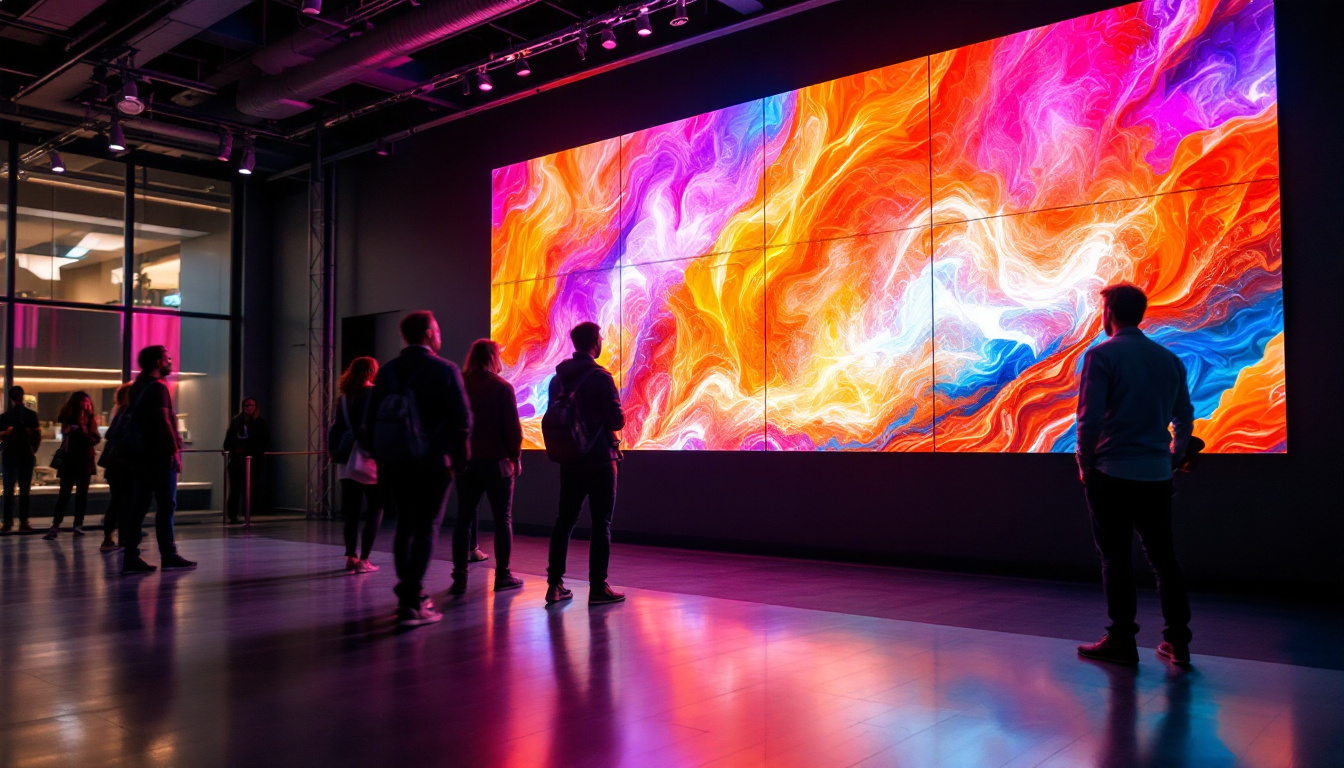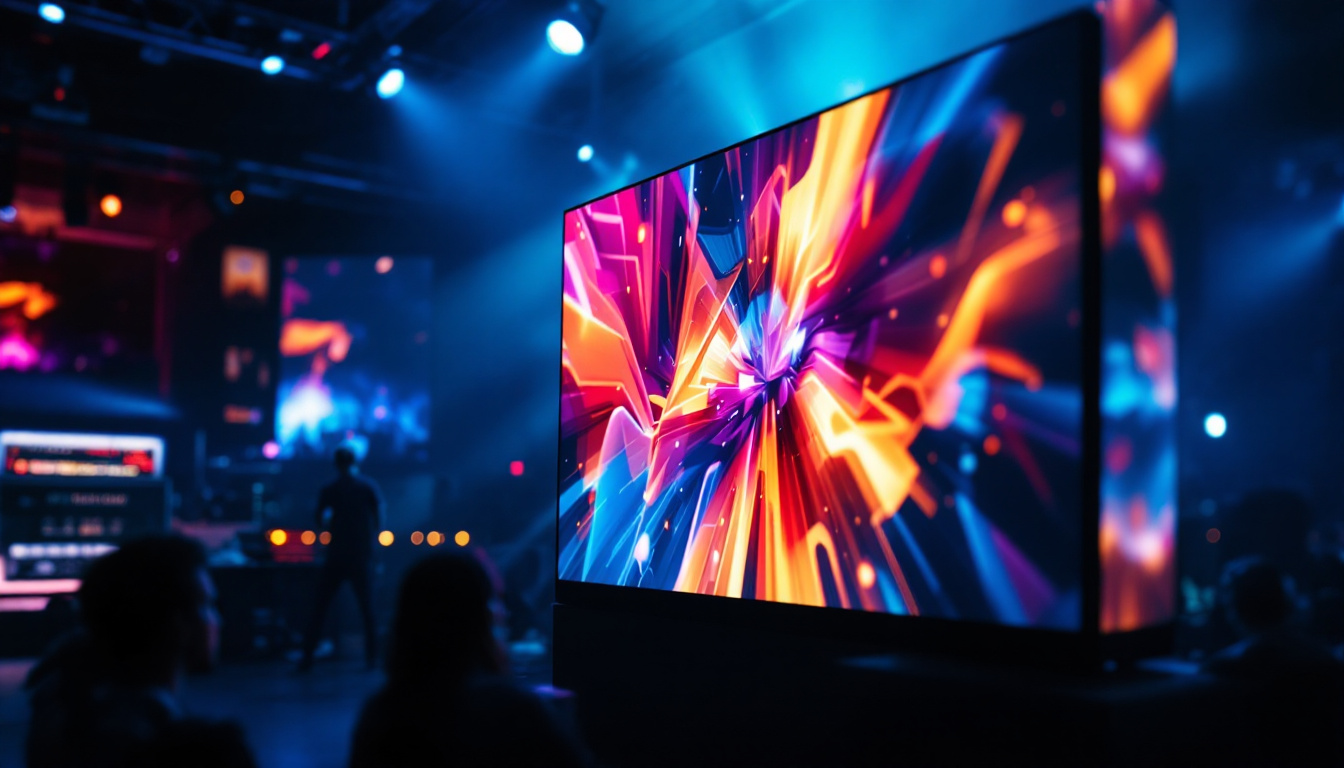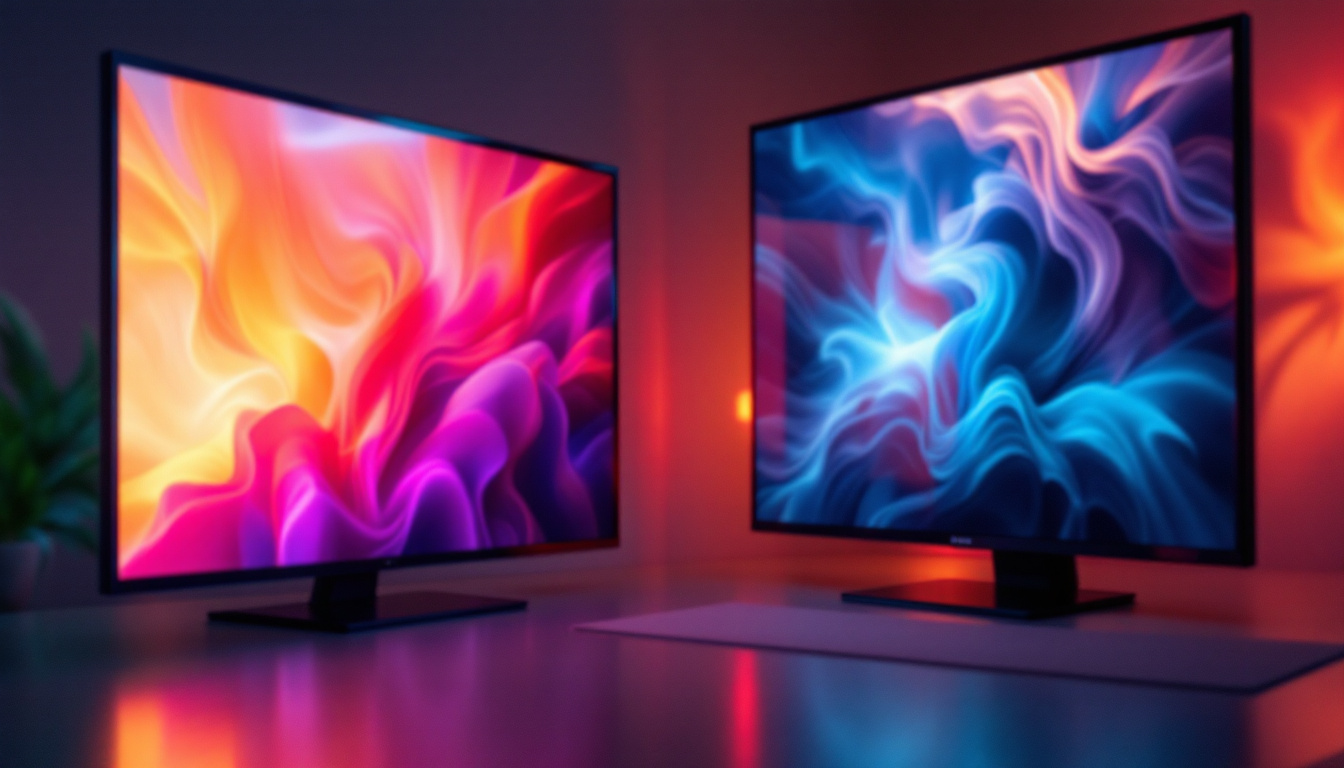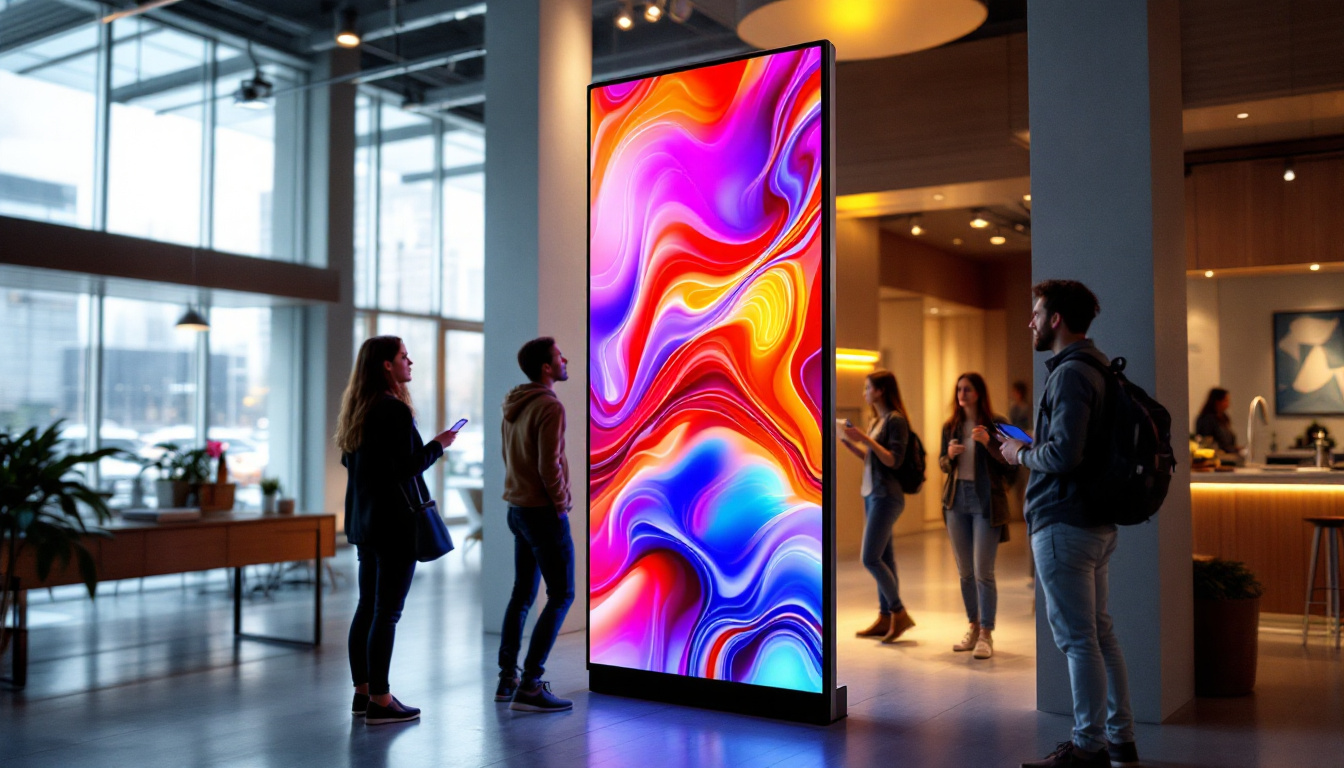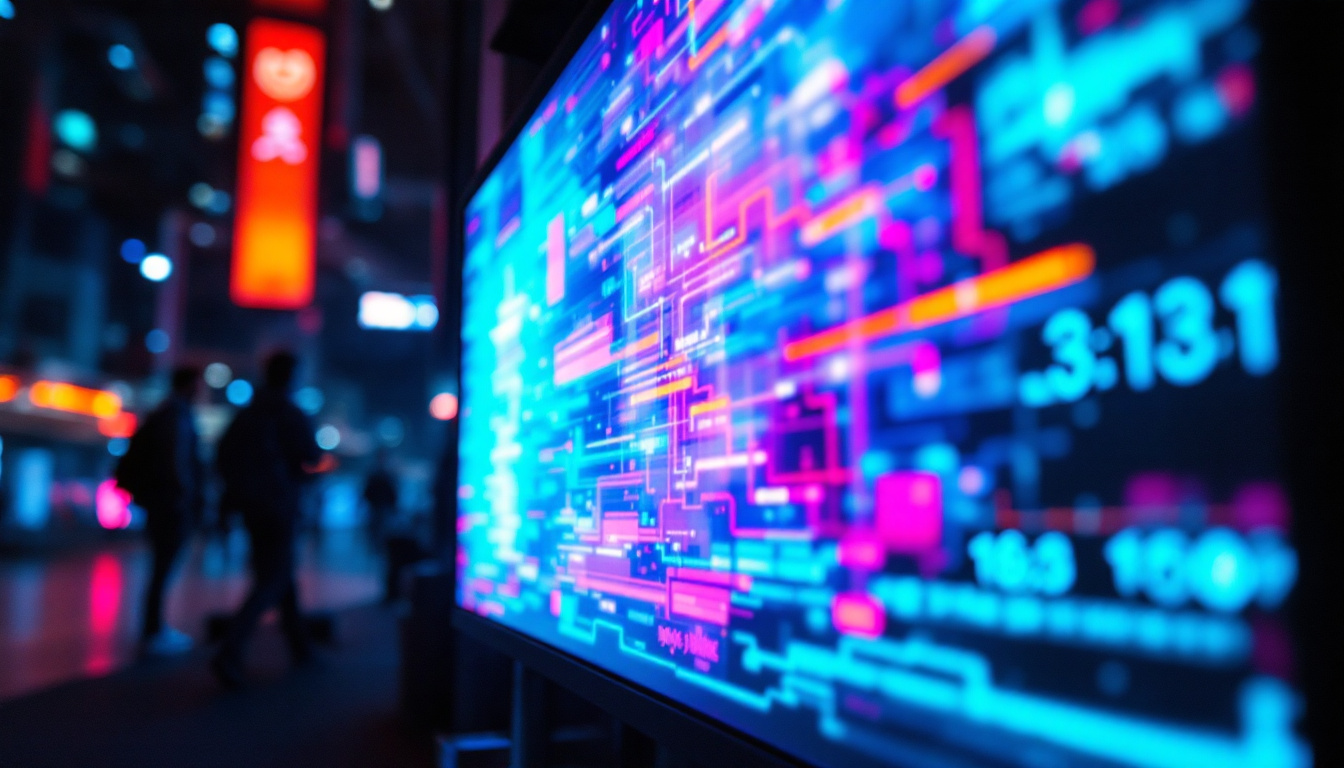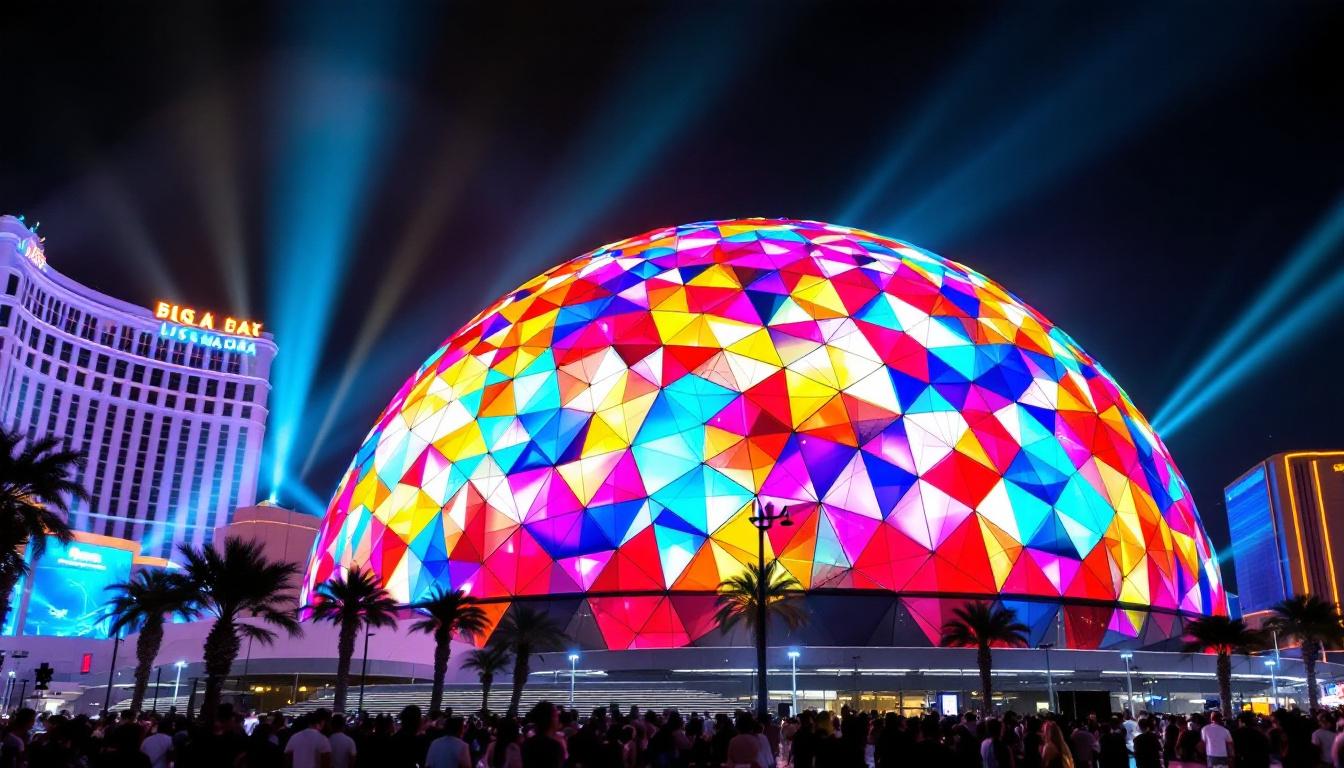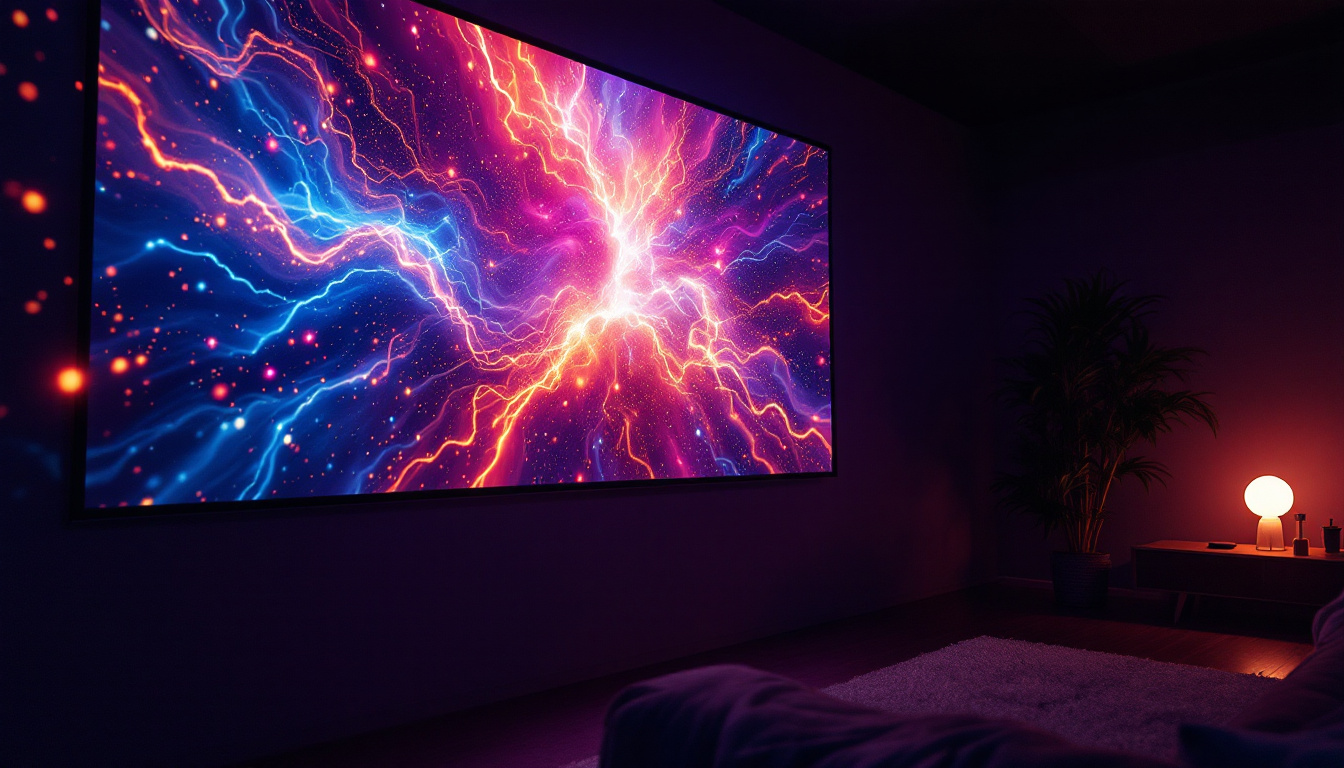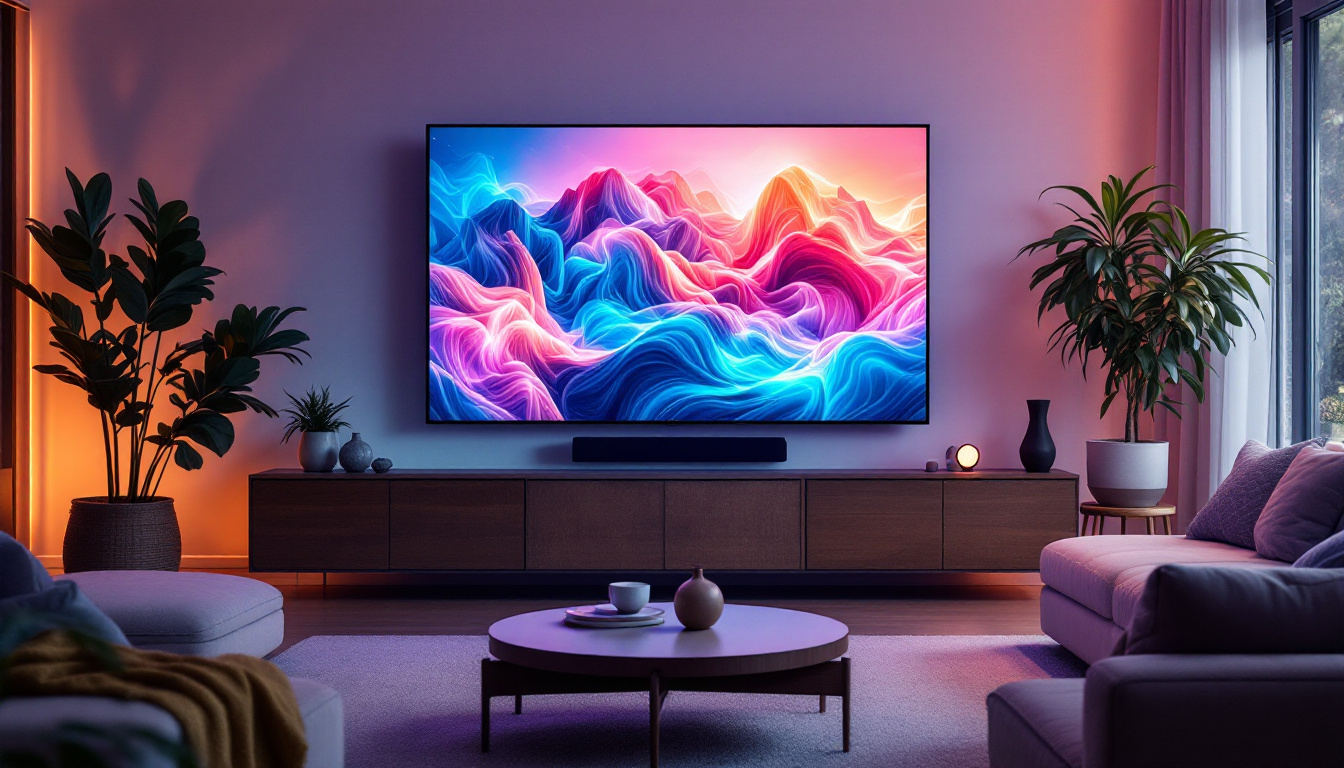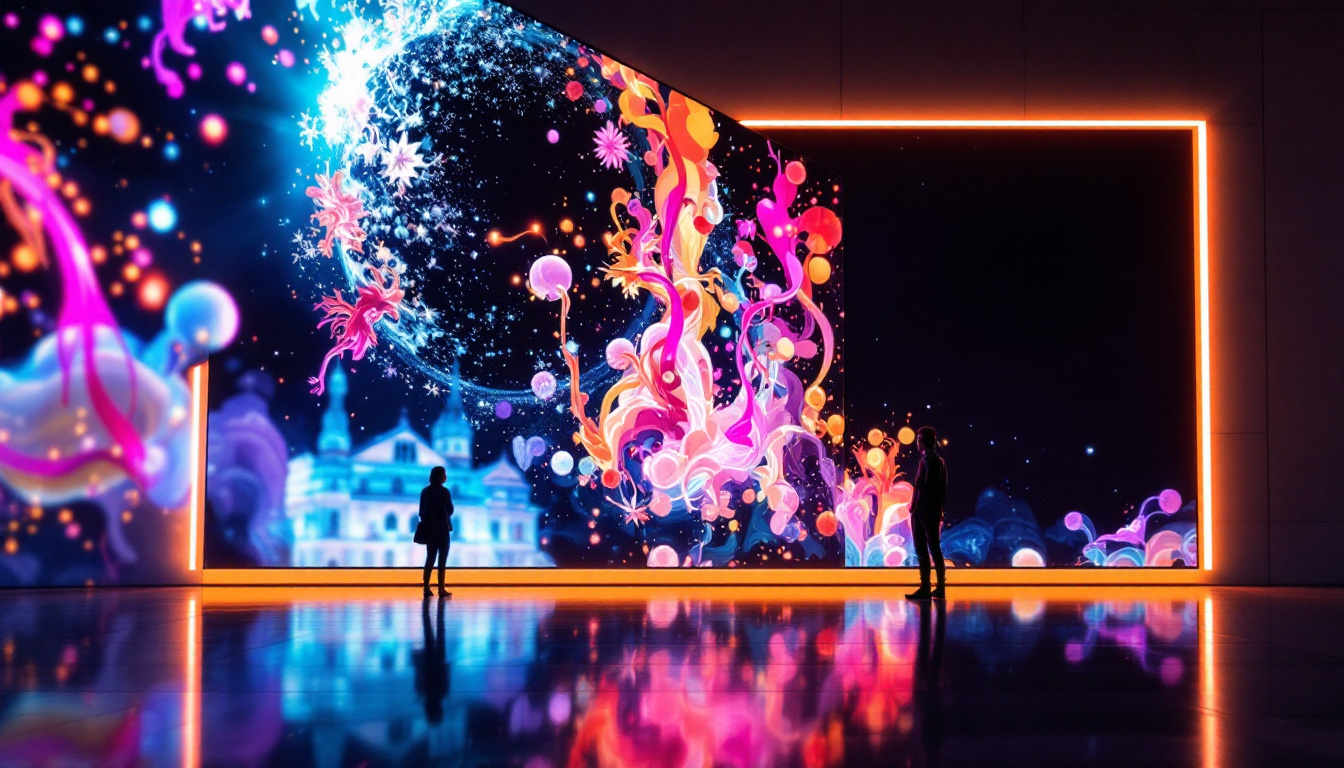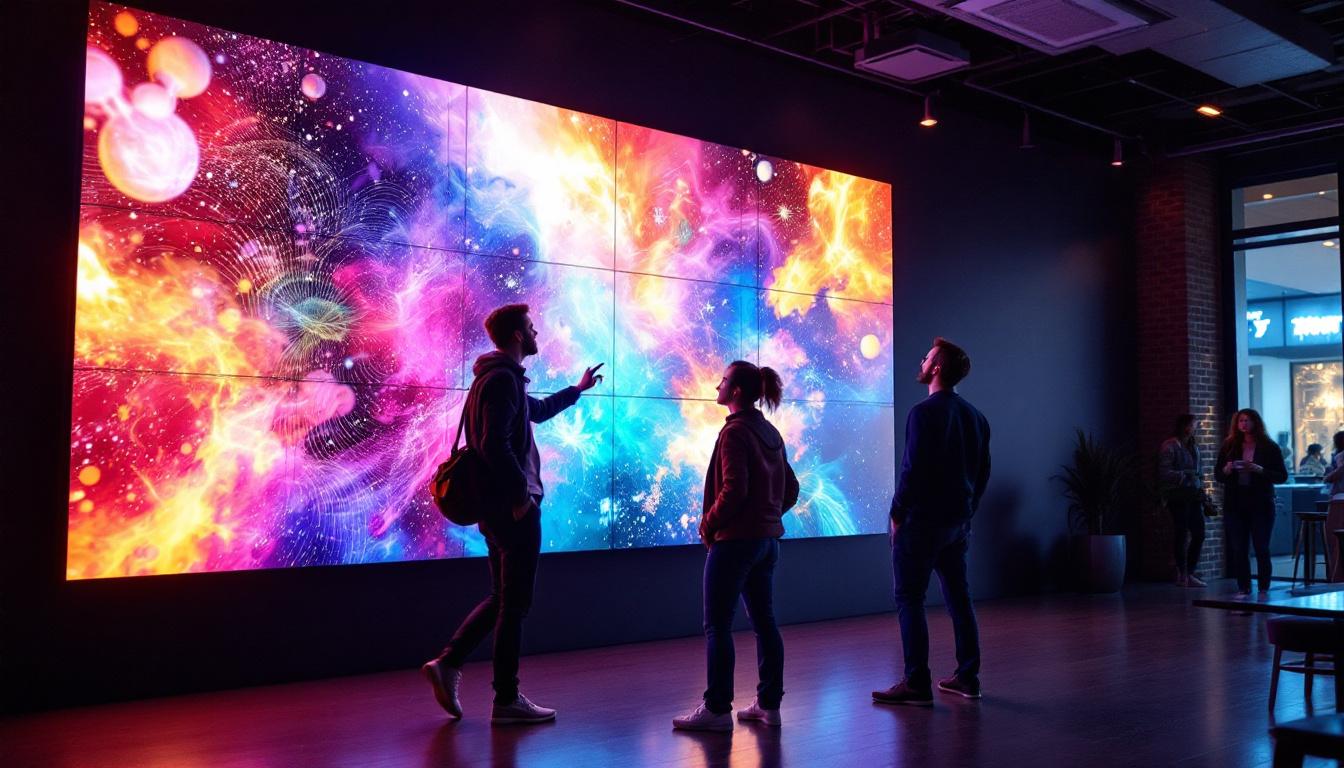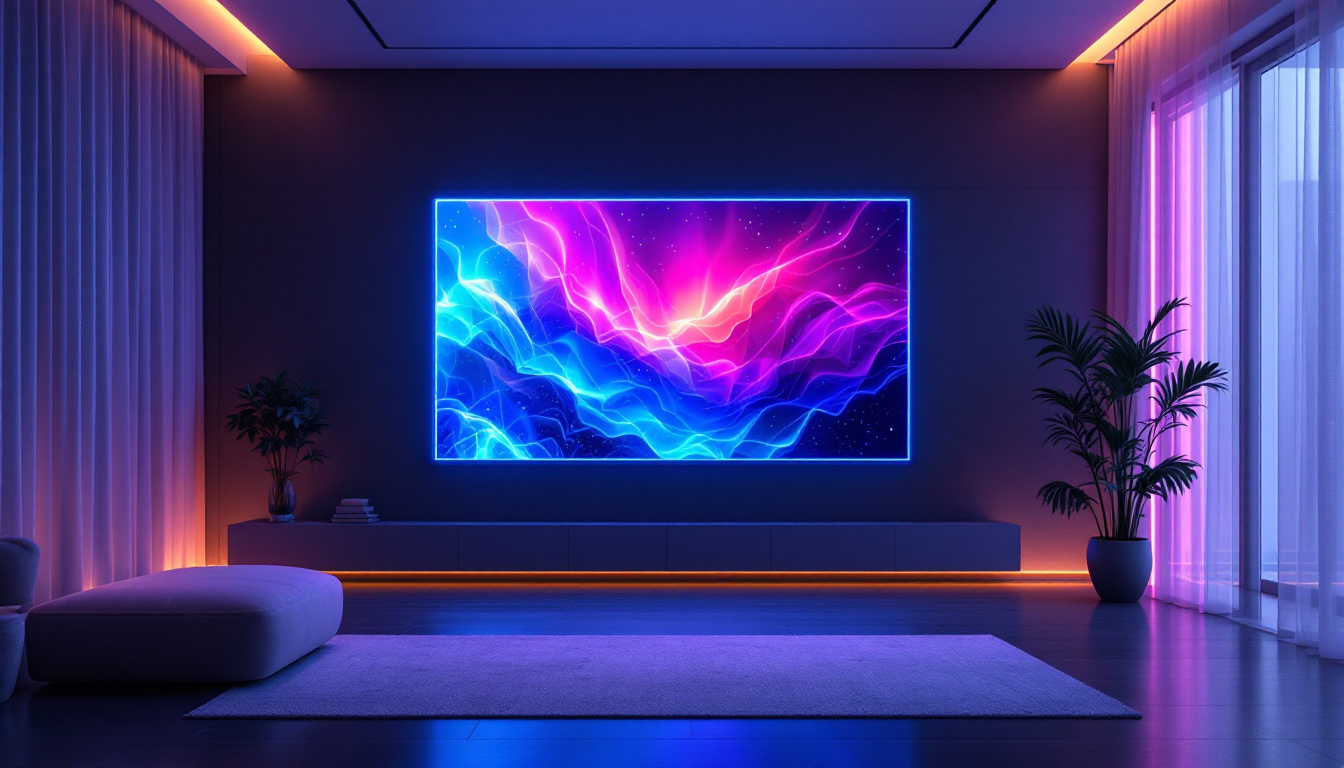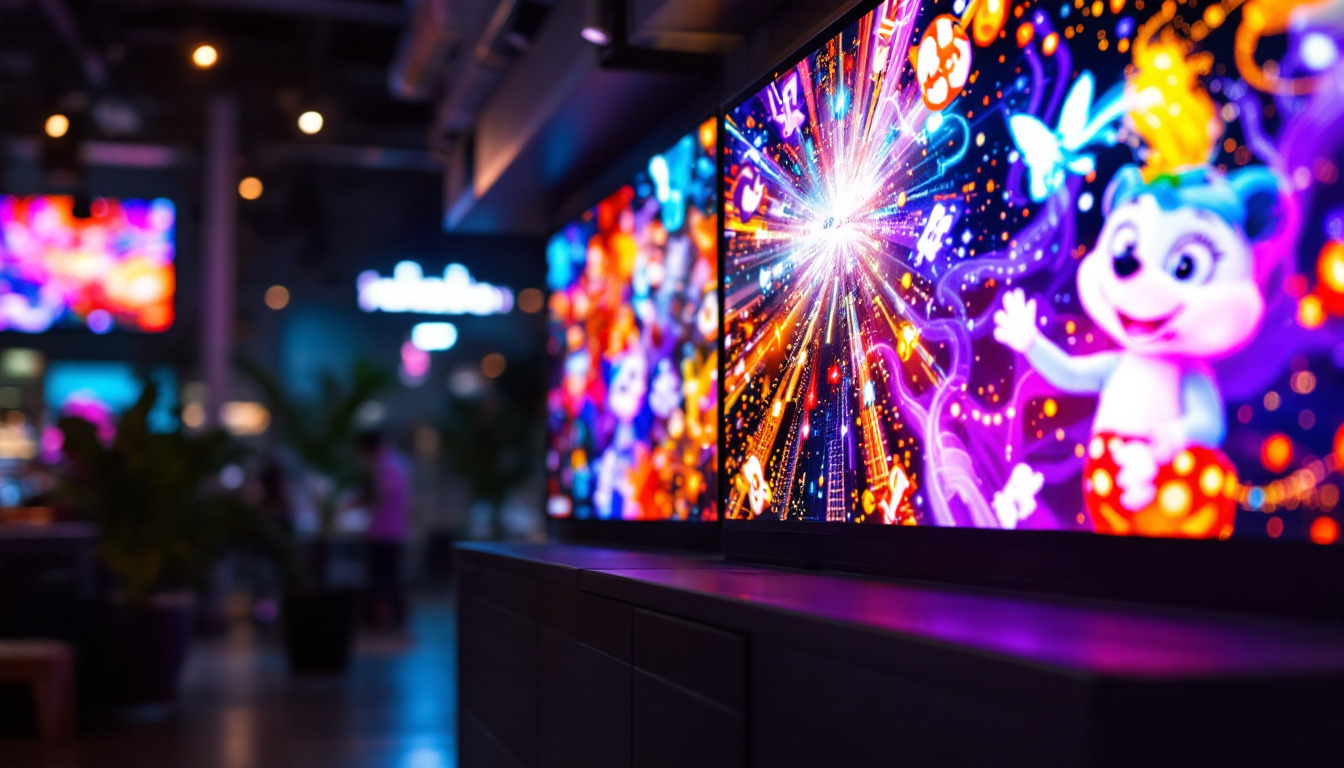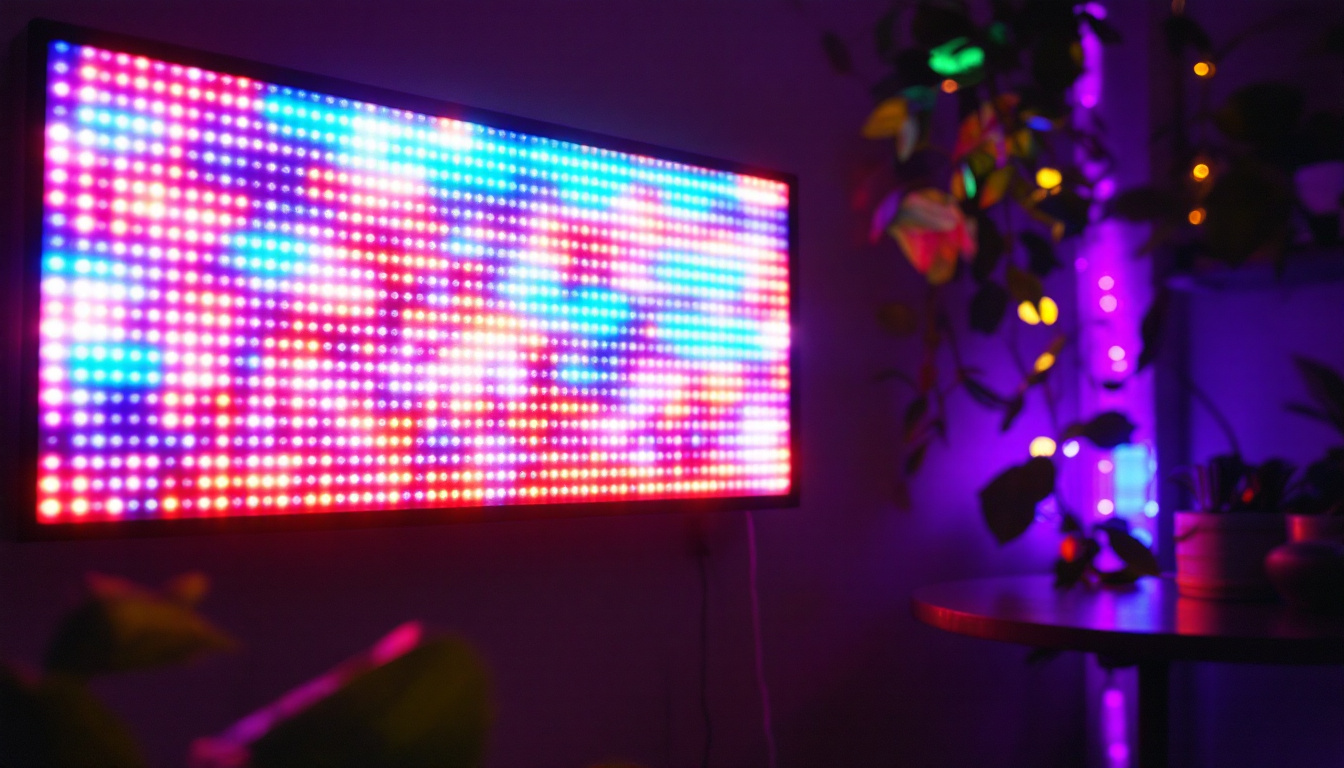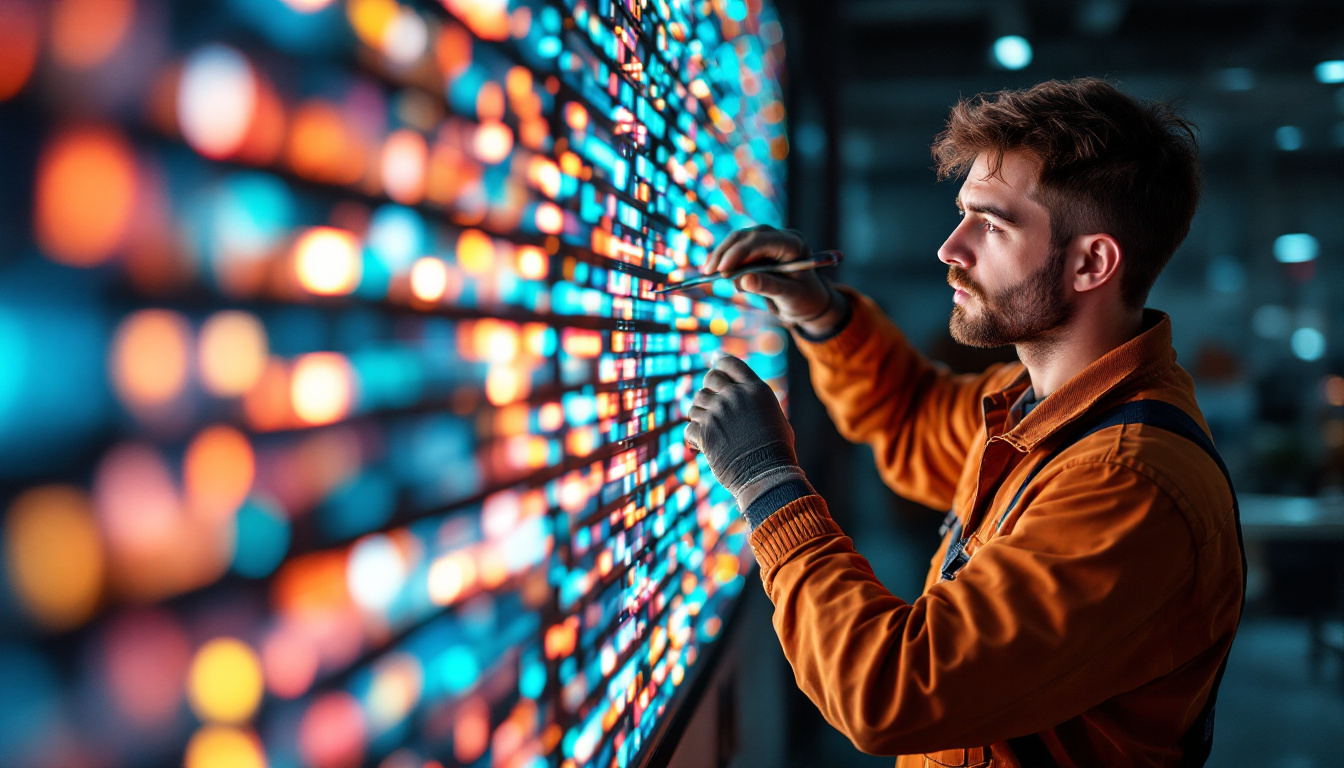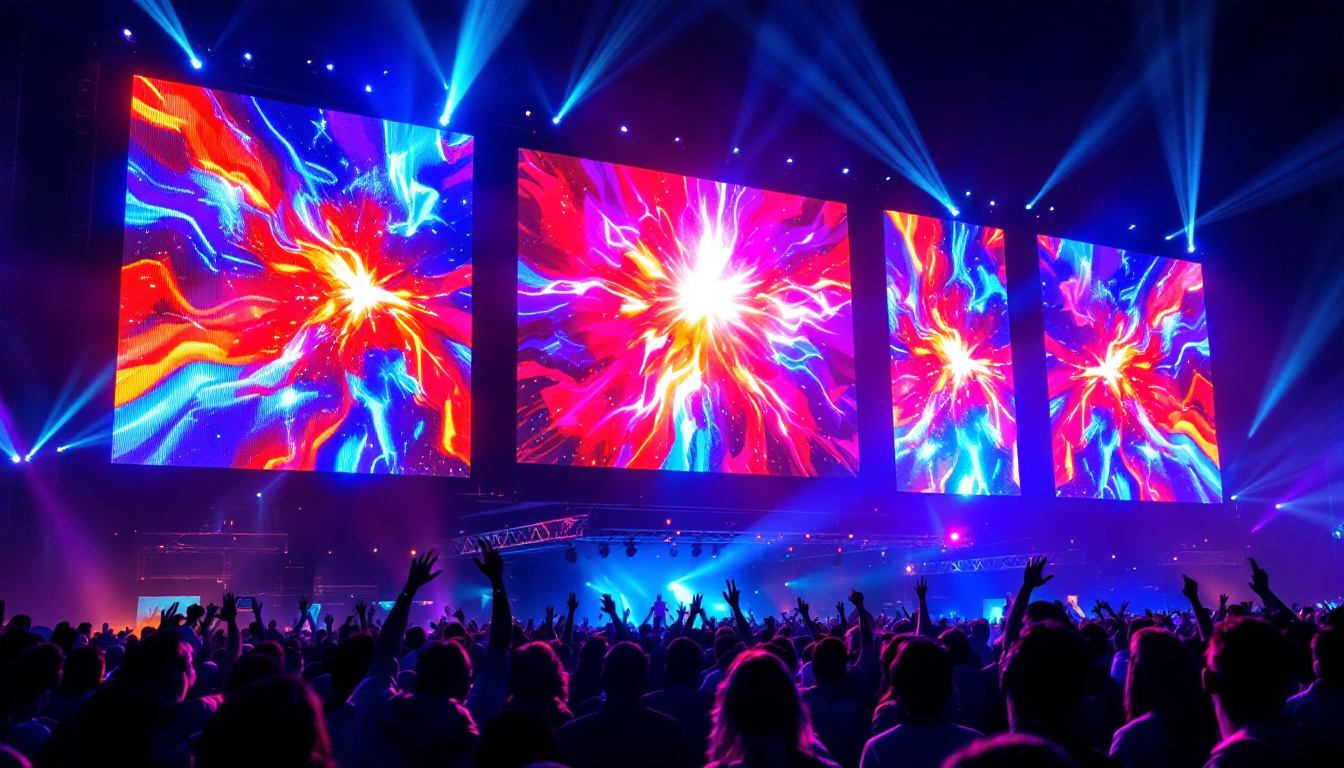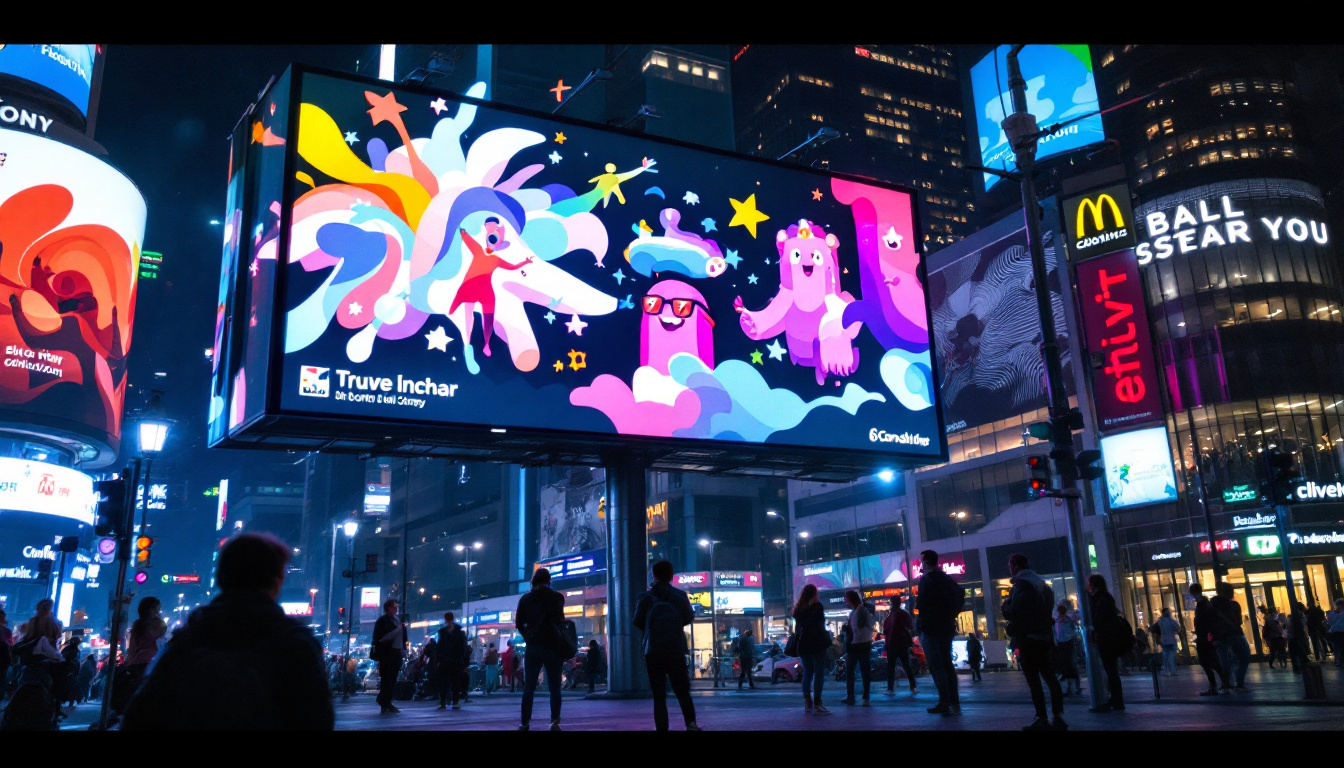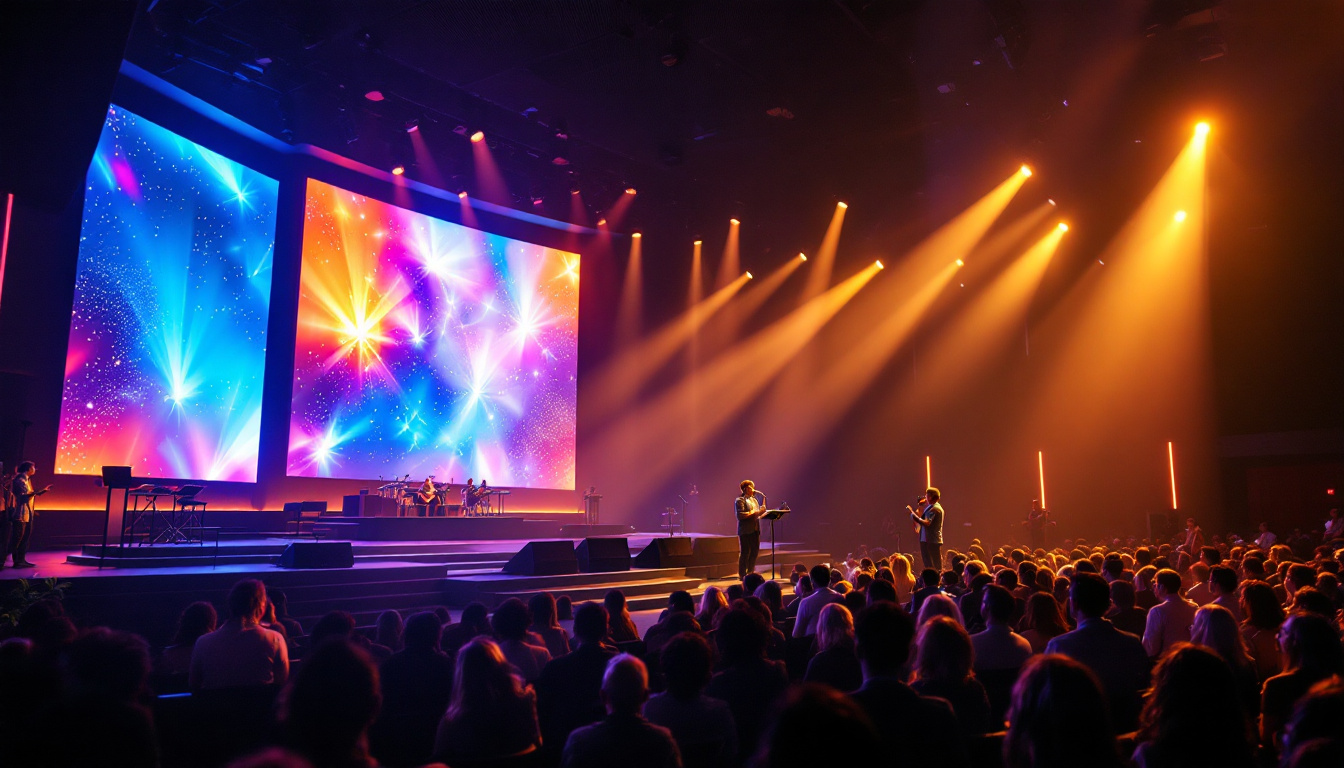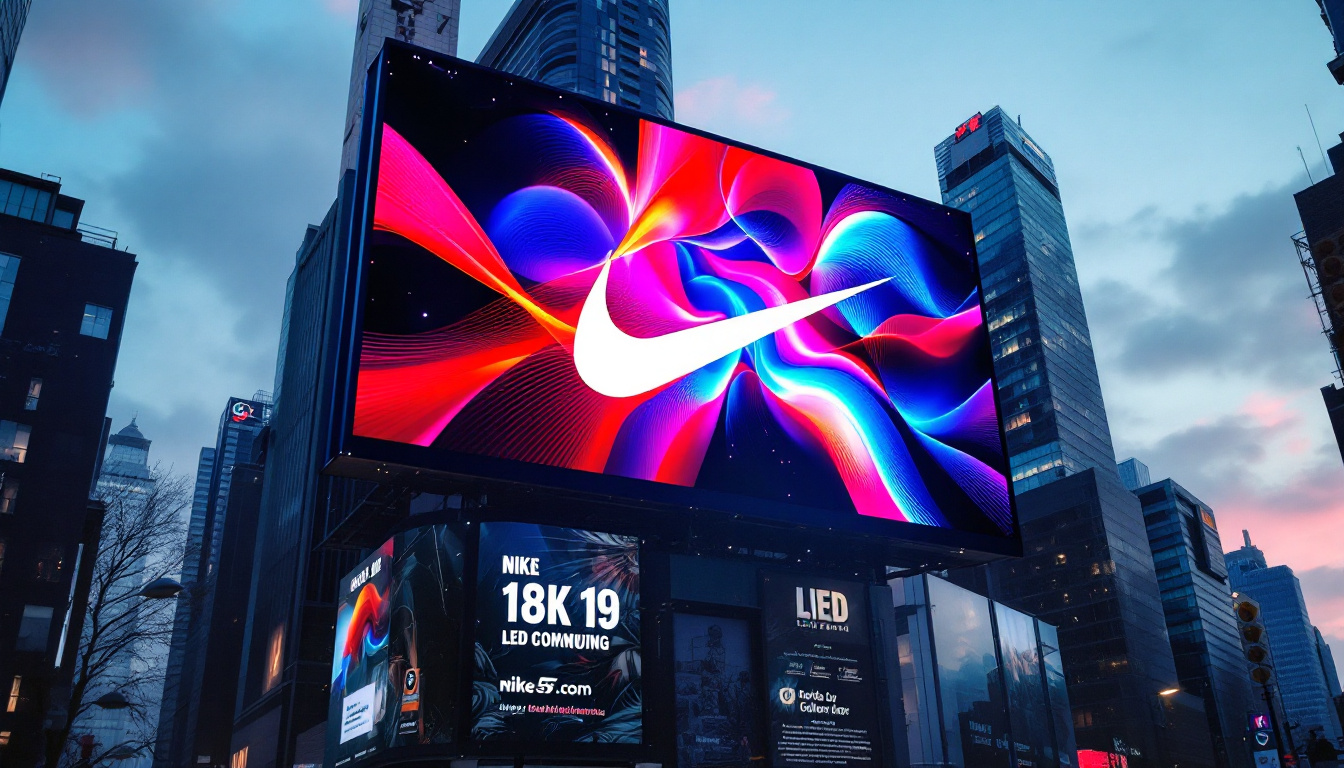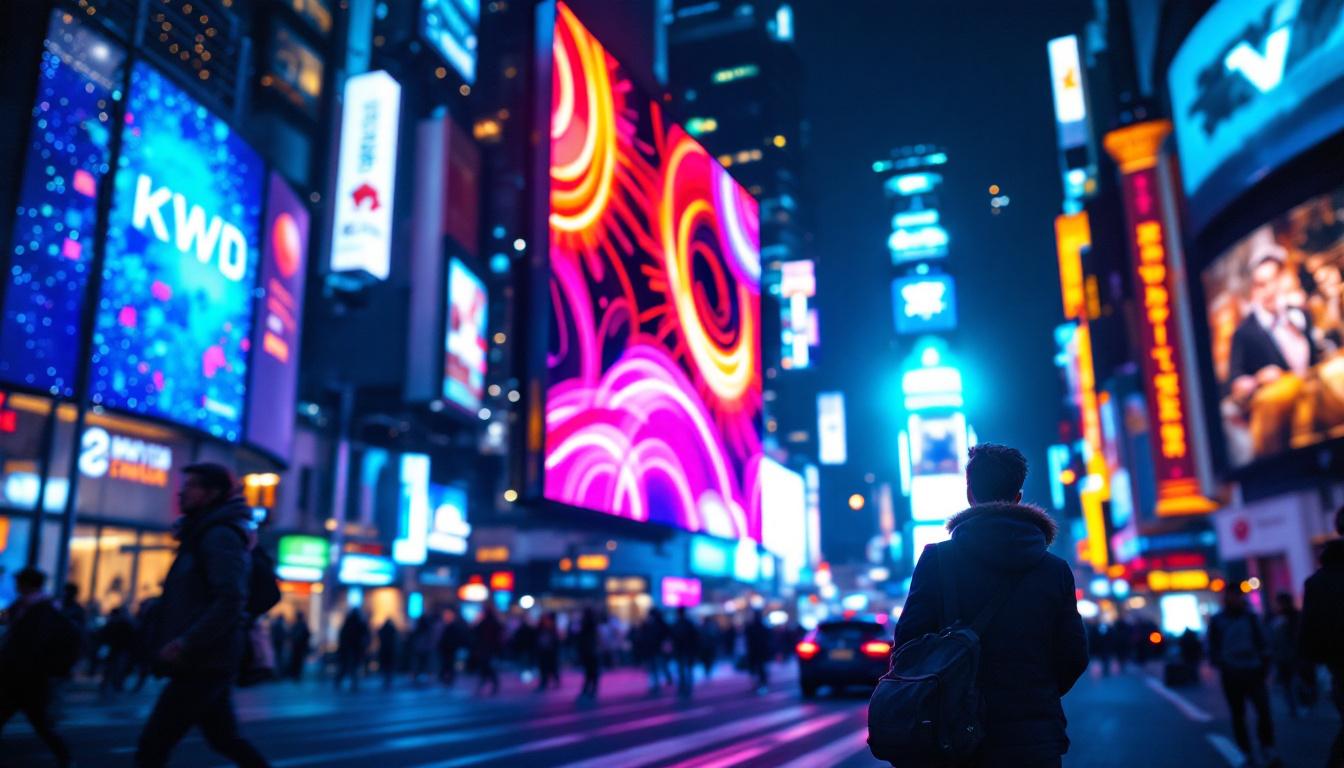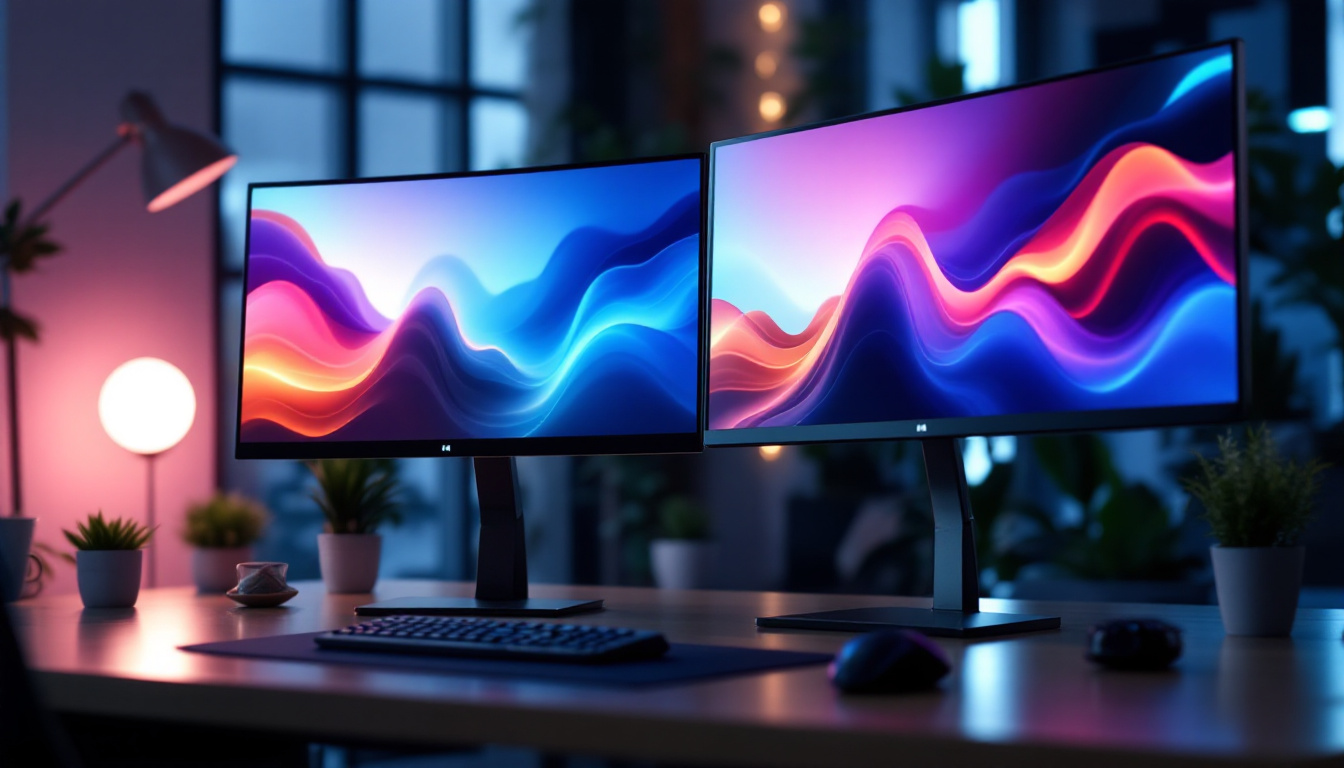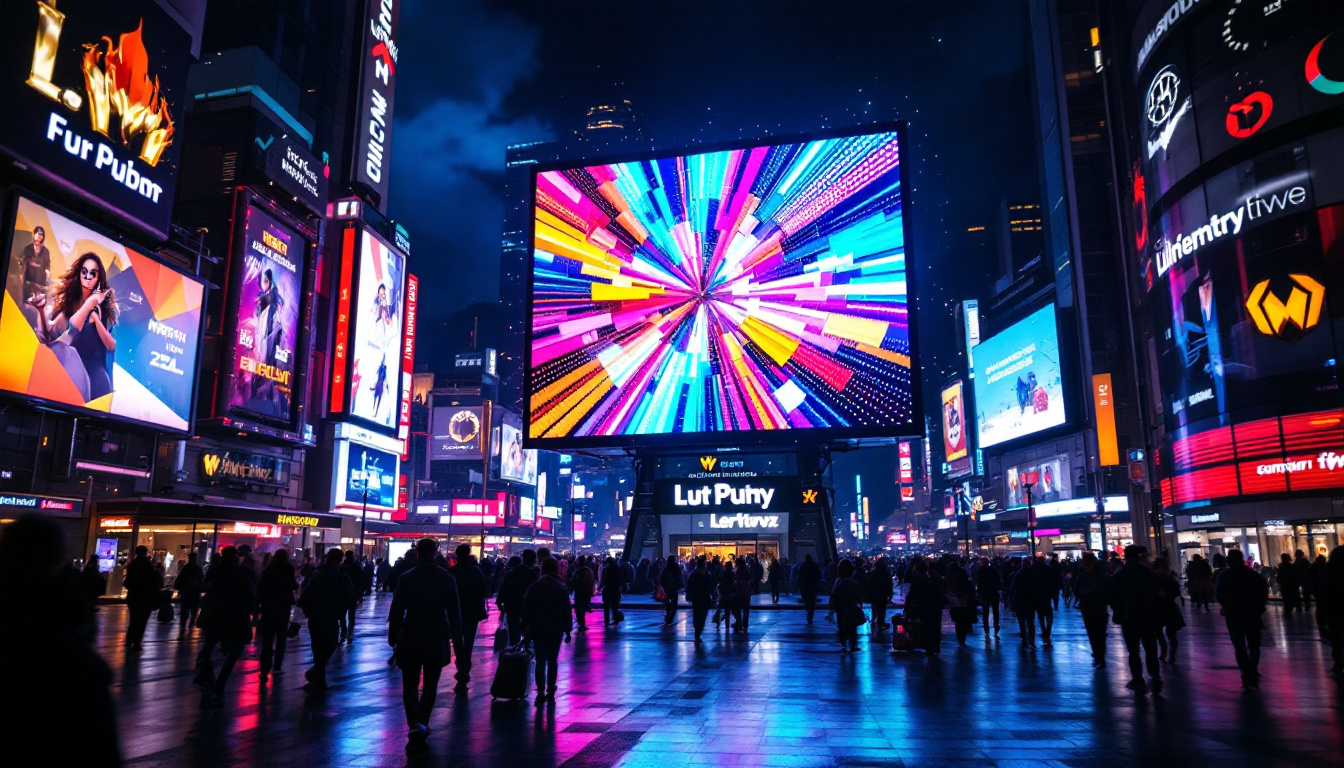In the heart of the entertainment industry, Los Angeles has emerged as a hub for innovative filmmaking techniques, particularly in the realm of virtual production. This cutting-edge approach combines live-action footage with digital environments, and at the core of this technology is the use of LED displays. This article delves into the intricacies of virtual production, focusing specifically on the role of LED displays in enhancing the filmmaking process.
Understanding Virtual Production
Virtual production is revolutionizing the way filmmakers create content. By integrating real-time computer graphics with live-action footage, filmmakers can visualize their scenes in a way that was previously unimaginable. This technique allows for greater flexibility and creativity during the filming process, enabling directors and cinematographers to make real-time adjustments to lighting, angles, and backgrounds. The immersive nature of virtual production also fosters a collaborative environment, where various departments, from art to visual effects, can work together more fluidly, ensuring that every aspect of the production aligns with the creative vision.
The Evolution of Filmmaking Techniques
Traditionally, filmmakers relied heavily on green screens and extensive post-production work to create immersive environments. While these methods have their merits, they often lead to a disconnect between actors and their surroundings. Virtual production bridges this gap by allowing actors to perform in a realistic setting, significantly enhancing their performances. This immediate feedback loop not only empowers actors to deliver more authentic portrayals but also enables directors to capture the nuances of their performances in real-time, reducing the need for multiple takes.
Over the years, advancements in technology have paved the way for virtual production to flourish. The introduction of powerful game engines, such as Unreal Engine, has made it possible to render high-quality graphics in real-time, providing filmmakers with the tools they need to bring their visions to life. Additionally, the rise of augmented reality (AR) and virtual reality (VR) technologies has further expanded the possibilities for storytelling, allowing filmmakers to explore new narrative techniques that engage audiences on a deeper level.
Key Components of Virtual Production
Virtual production encompasses several key components, including motion capture, real-time rendering, and LED displays. Each element plays a crucial role in creating a seamless blend of live-action and digital environments. Among these, LED displays stand out as a transformative technology that enhances the overall production experience. These displays not only provide vibrant visuals but also allow for intricate lighting effects that can be adjusted on the fly, creating a more cohesive look between the live-action and digital elements.
LED displays serve as dynamic backdrops that can change in real-time, allowing filmmakers to create diverse environments without the need for extensive set changes. This flexibility not only saves time but also reduces costs associated with traditional set construction. Moreover, the ability to pre-visualize scenes with accurate lighting and reflections on the actors enhances the believability of the performance, making it easier for audiences to immerse themselves in the story. As filmmakers continue to experiment with these technologies, we can expect to see even more innovative uses of virtual production that push the boundaries of cinematic storytelling.
The Role of LED Displays in Virtual Production
LED displays are at the forefront of virtual production, providing filmmakers with the ability to create immersive environments that enhance storytelling. These high-resolution screens offer vibrant colors and exceptional clarity, making them ideal for cinematic applications.
Advantages of Using LED Displays
One of the primary advantages of LED displays is their ability to produce high-quality visuals that can be viewed from multiple angles. This is particularly important in virtual production, where the camera’s perspective can change frequently. Unlike traditional green screens, LED displays allow for real-time lighting adjustments, ensuring that the actors are always well-lit and integrated into their surroundings.
Additionally, LED displays can reduce the need for extensive post-production work. By capturing the final image in-camera, filmmakers can save time and resources, allowing for a more efficient production process. This not only streamlines the workflow but also enables creative teams to focus on storytelling rather than technical challenges.
Creating Immersive Environments
LED displays enable filmmakers to create stunning, immersive environments that transport audiences into new worlds. By utilizing high-resolution screens, directors can project intricate landscapes, cityscapes, or fantastical settings that enhance the narrative. This level of detail adds depth to the story, allowing viewers to fully engage with the film.
Moreover, the ability to adjust the backdrop in real-time means that filmmakers can experiment with different visual styles and atmospheres on the fly. This flexibility encourages creativity and collaboration among the cast and crew, ultimately leading to a more polished final product.
Technical Aspects of LED Displays
While the artistic benefits of LED displays are evident, understanding the technical aspects is equally important for filmmakers looking to incorporate this technology into their productions. Various factors come into play when selecting and implementing LED displays for virtual production.
Resolution and Pixel Density
Resolution is a critical factor when it comes to LED displays. Higher resolution screens provide more detail, which is essential for creating realistic environments. Pixel density, measured in pixels per inch (PPI), plays a significant role in determining how sharp and clear the image appears, especially when viewed up close.
For virtual production, a minimum resolution of 2K is often recommended, with many productions opting for 4K or even 8K displays to achieve the highest quality visuals. This ensures that the images projected on the screens are crisp and lifelike, enhancing the overall viewing experience.
Brightness and Color Accuracy
Brightness is another crucial consideration for LED displays, particularly in outdoor or brightly lit environments. High brightness levels ensure that the images remain visible and vibrant, even in challenging lighting conditions. Color accuracy is equally important, as it impacts how the final image is perceived by the audience.
Filmmakers often rely on advanced calibration techniques to ensure that the colors displayed on the LED screens match the intended color palette of the film. This attention to detail is vital for maintaining visual consistency throughout the production.
Case Studies: Successful Implementations of LED Displays
Several notable productions have successfully integrated LED displays into their virtual production workflows, showcasing the technology’s potential and versatility. These case studies highlight the transformative impact of LED displays on modern filmmaking.
The Mandalorian
One of the most prominent examples of virtual production utilizing LED displays is the acclaimed series “The Mandalorian.” The show employed a groundbreaking technique known as StageCraft, which features a massive LED wall that surrounds the set. This innovative setup allowed the filmmakers to create stunning, immersive environments in real-time.
By using LED displays, the production team was able to capture dynamic backgrounds that responded to the actors’ movements and camera angles. This not only enhanced the visual quality of the show but also allowed for greater creative freedom during filming.
Avatar: The Way of Water
The highly anticipated sequel to James Cameron’s “Avatar” also made extensive use of LED displays in its virtual production process. The filmmakers leveraged the technology to create realistic underwater environments, allowing actors to perform in settings that closely resembled their final on-screen appearance.
This approach not only improved the actors’ performances but also reduced the reliance on CGI in post-production. By capturing the final images in-camera, the team was able to streamline the workflow and focus on refining the storytelling aspect of the film.
The Future of Virtual Production and LED Displays
As technology continues to evolve, the future of virtual production and LED displays looks promising. Innovations in display technology, real-time rendering, and motion capture are paving the way for even more immersive and engaging storytelling experiences.
Emerging Technologies
New advancements in LED technology, such as microLED and flexible displays, are set to revolutionize the industry further. MicroLED displays offer improved brightness, contrast, and energy efficiency, making them ideal for high-end productions. Flexible displays, on the other hand, open up new possibilities for creating unique set designs and environments.
Additionally, the integration of artificial intelligence and machine learning is expected to enhance the capabilities of virtual production. These technologies can assist in automating certain processes, allowing filmmakers to focus on their creative vision while improving efficiency.
Expanding Accessibility
As virtual production techniques become more mainstream, the accessibility of LED displays is likely to increase. This democratization of technology will enable smaller production teams and independent filmmakers to leverage these tools, fostering creativity and innovation across the industry.
With the growing popularity of virtual production, educational institutions are also beginning to incorporate these techniques into their curricula. This will ensure that the next generation of filmmakers is well-equipped to harness the power of LED displays and virtual production in their storytelling endeavors.
Conclusion
Virtual production is reshaping the landscape of filmmaking, with LED displays playing a pivotal role in this transformation. By providing filmmakers with the ability to create immersive environments in real-time, LED technology enhances storytelling and elevates the overall production experience.
As the industry continues to evolve, the integration of LED displays into virtual production workflows will only become more prevalent. With advancements in technology and a growing emphasis on creativity, the future of filmmaking in Los Angeles and beyond looks bright.
In summary, the combination of virtual production and LED displays is not just a passing trend; it represents a fundamental shift in how stories are told on screen. Filmmakers who embrace this technology will undoubtedly find new ways to captivate audiences and push the boundaries of their craft.
Discover the Future of Storytelling with LumenMatrix
Ready to take your productions to the next level? Embrace the future of storytelling with LumenMatrix’s advanced LED display technology. As a leader in creating immersive visual experiences, LumenMatrix offers a wide array of solutions, from Indoor and Outdoor LED Wall Displays to innovative options like Vehicle, Sports, and Floor LED Displays. Customizable and cutting-edge, our All-in-One and Transparent LED Displays are designed to revolutionize visual communication and captivate your audience. Don’t just tell a story—make it unforgettable. Check out LumenMatrix LED Display Solutions today and transform your creative vision into a breathtaking reality.

